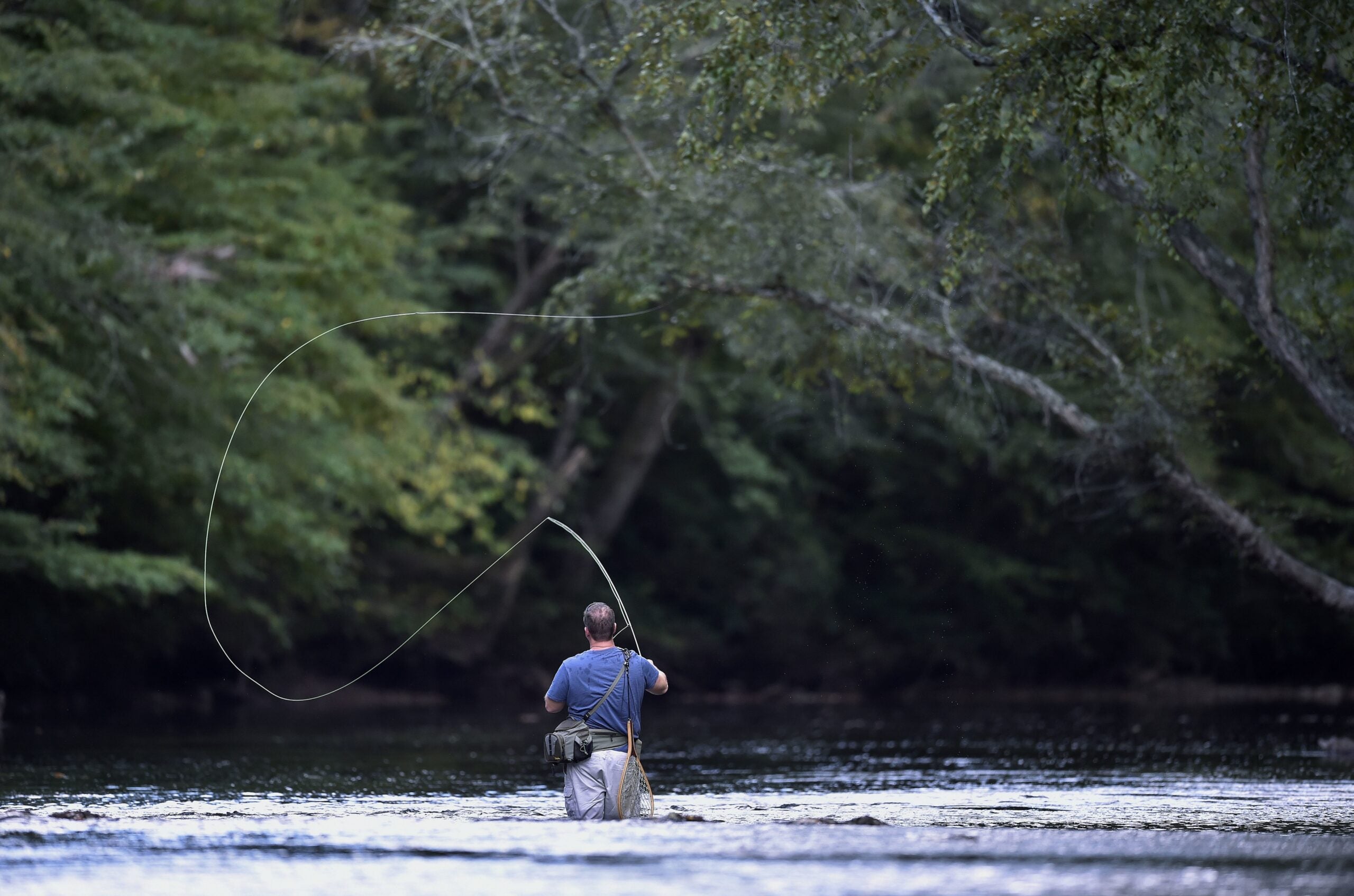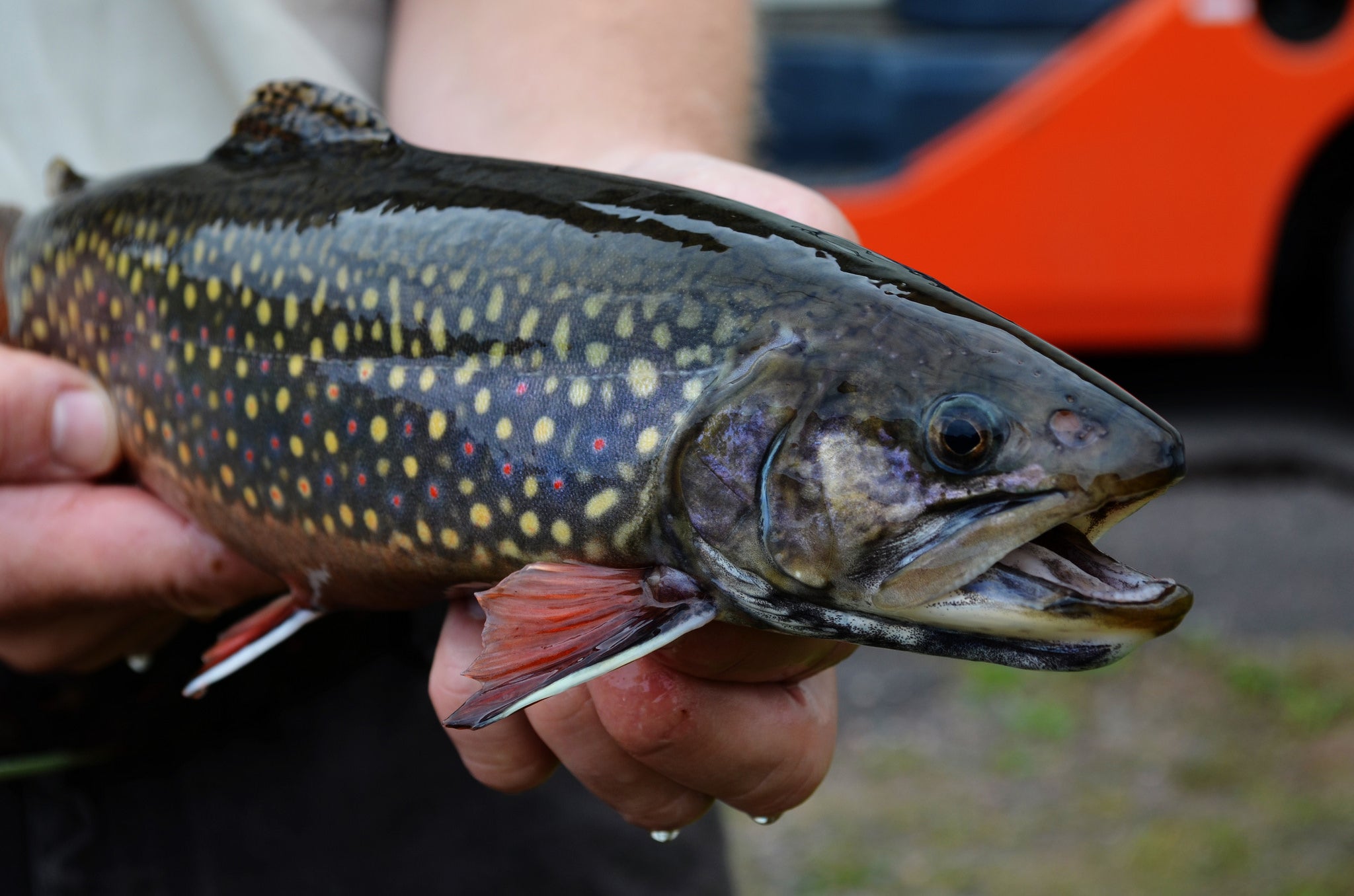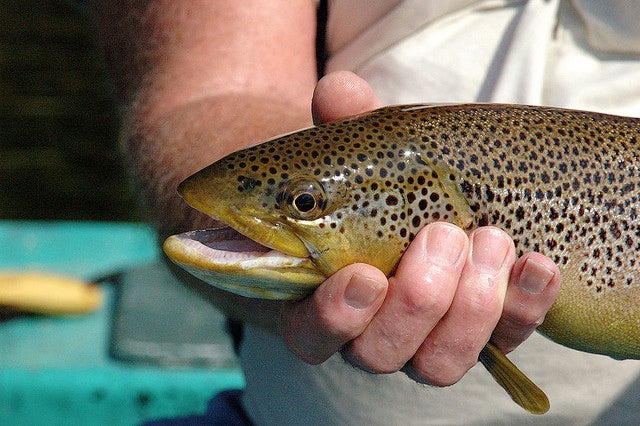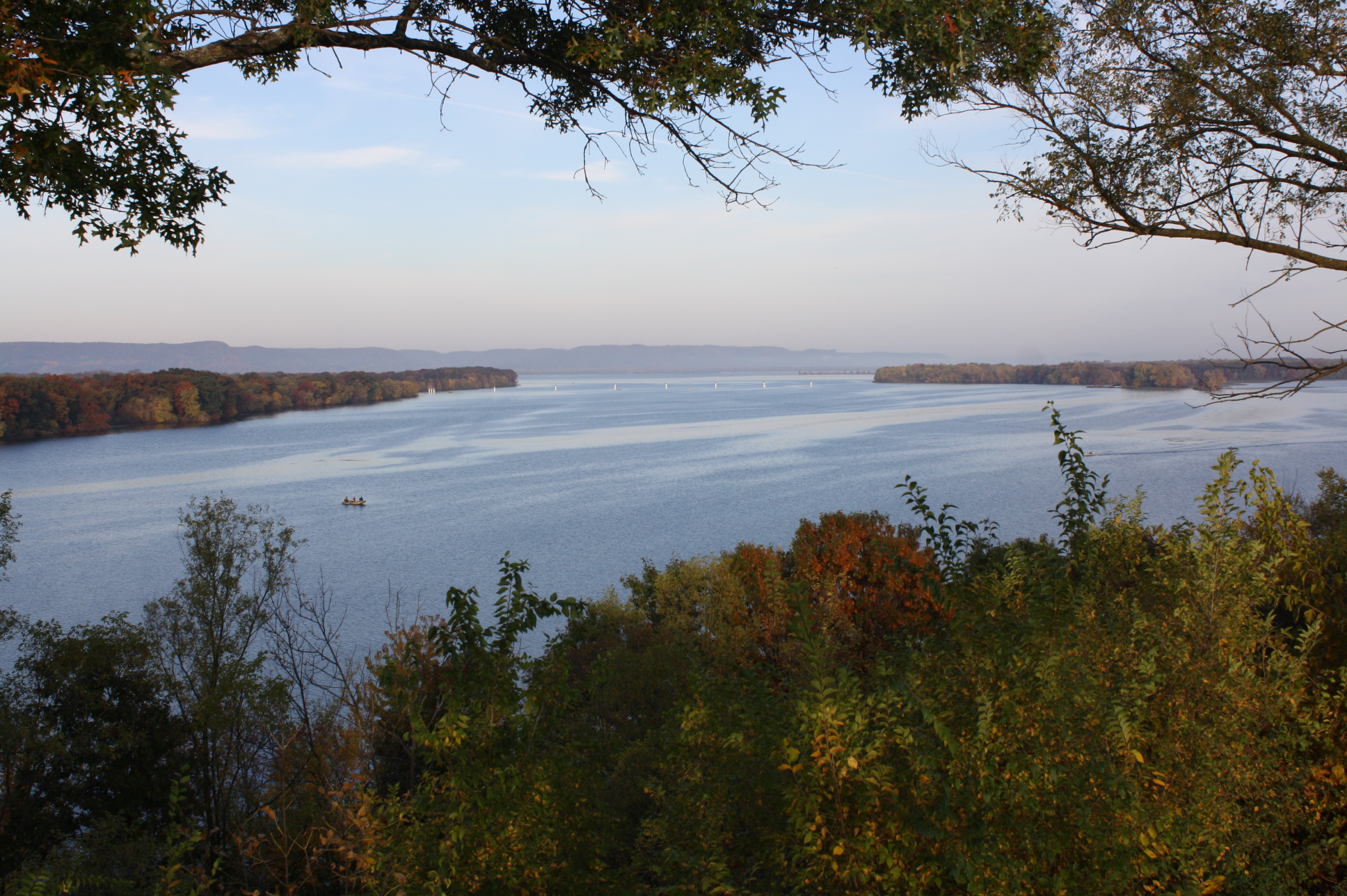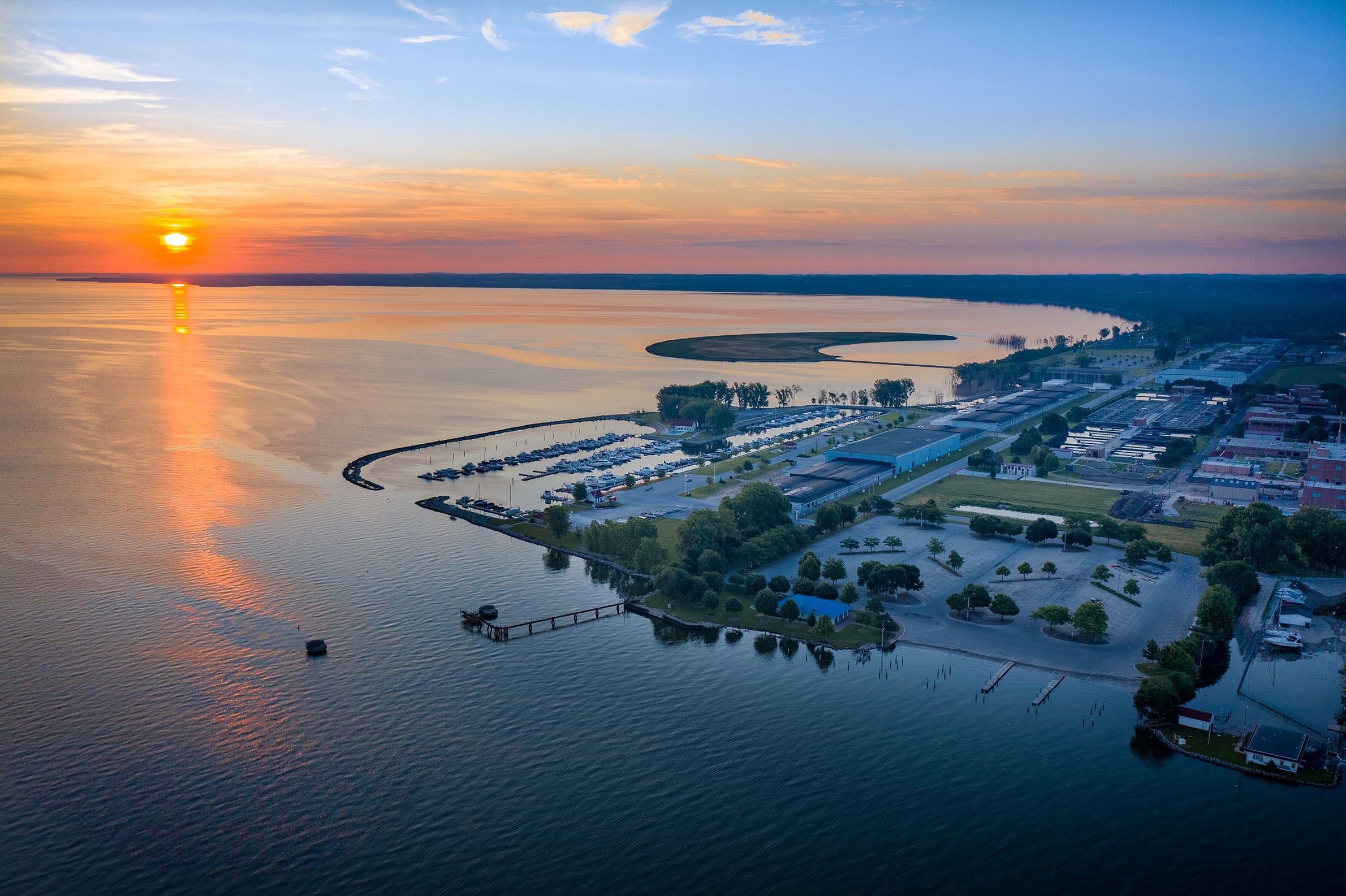A new study shows trout fishing brought $1.6 billion to local economies in the Driftless Area of Wisconsin and neighboring states last year.
The survey of anglers who bought trout permits in 2016 found the average fishing tourist spends almost $500 during a trip to southwestern Wisconsin and makes six trips to the area every year.
Jeff Hastings with Trout Unlimited said the steady stream of visitors can have a big impact on local businesses.
Stay informed on the latest news
Sign up for WPR’s email newsletter.
“We see hotel signs that say ‘Welcome Trout Fishermen.’ We hear from our restaurants that they see a number of our chapters coming into Friday night fish fries,” Hastings said.
Mat Wagner, owner of the Driftless Angler Fly Shop in Viroqua, said there is a notable influx in tourist traffic during the fishing season.
“Restaurant and motel employees who do not necessarily fish are dialed into the trout fishing season as they see a noticeable increase in customers, especially from out of the area,” Wagner said.
Many of Wagner’s customers come from big cities in the Midwest such as Chicago and Milwaukee, and enjoy visiting what’s become a “wader friendly” community.
“It is not uncommon to see anglers grabbing a bite to eat, or picking up supplies at the hardware store while still wearing their fishing waders,” Wagner said. “While this was seen as odd a few years back, it has become part of the normal fabric of life for small towns in the Driftless.”
Wagner said the increased tourism from trout fishing has lead to increased conservation projects in the area, improvements that could be bringing in even more fishing tourists.
“Almost 90 percent of the people who responded said (they visited the Driftless Area) because we’ve got easy access and our projects make it so easy for them to fish,” Hastings said.
Hastings said conservation projects have also increased the trout population in many streams, going from 300 fish per mile to 3,000 fish per mile in five years.
The survey, conducted by a University of Wisconsin-La Crosse professor, was done in collaboration with Trout Unlimited, Driftless Area Restoration Effort, U.S. Fish and Wildlife Service, and other stakeholders.
Wisconsin Public Radio, © Copyright 2024, Board of Regents of the University of Wisconsin System and Wisconsin Educational Communications Board.

